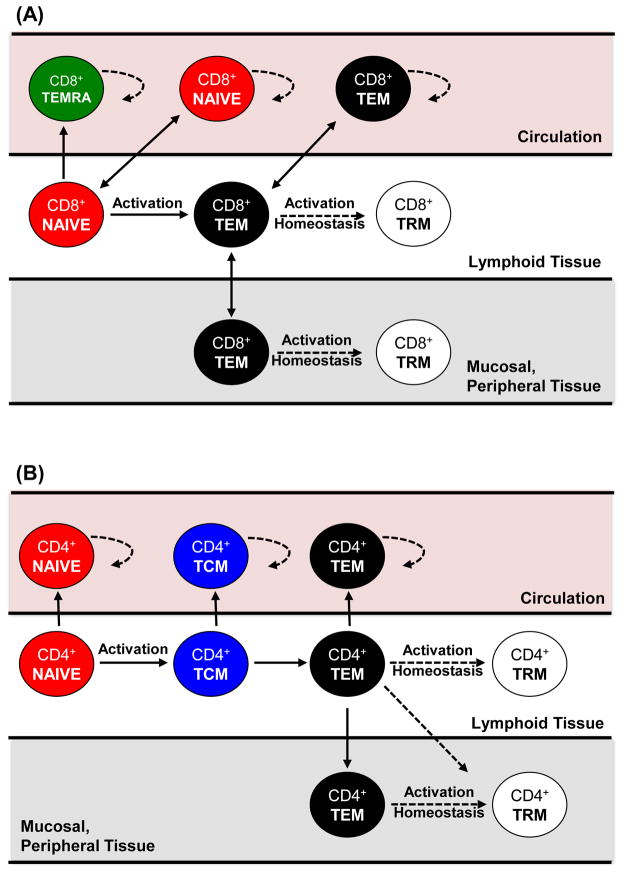Figure 2. Differentiation and homeostasis of circulating and tissue T cell subsets.
Proposed differentiation patterns of CD8+ and CD4+ T cells from naïve (red) to the generation of TRM (white), TEM (black) and TEMRA (green), indicating the tissue-specific maintenance and migration of each subset. (A) Activation of naïve CD8+ T cells may generate TEMRA in blood, or TEM which can migrate to mucosal and other peripheral tissues (e.g., skin). TRM can either be generated from the activated/effector cells which migrate to tissue sites following infection, or could go through a TEM intermediate via further activation or homeostatic turnover. (B) Activation of naïve CD4+T cells can generate TCM as a potential intermediate state migrating to blood and lymphoid tissue, prior to the generation of TEM which migrates to multiple sites. CD4+ TRM could develop from activated/effector CD4+ T cells or CD4+ TEM as in (A). All subsets with access to circulation undergo increased homeostatic proliferation in peripheral blood compared to tissues (see dotted arrows). TEMRA in CD8+ T cells and TCM in CD4+ T cells comprise a circulating subset limited to sites with access to peripheral blood whereas TRM are relegated to tissue sites and are protected from circulation.

